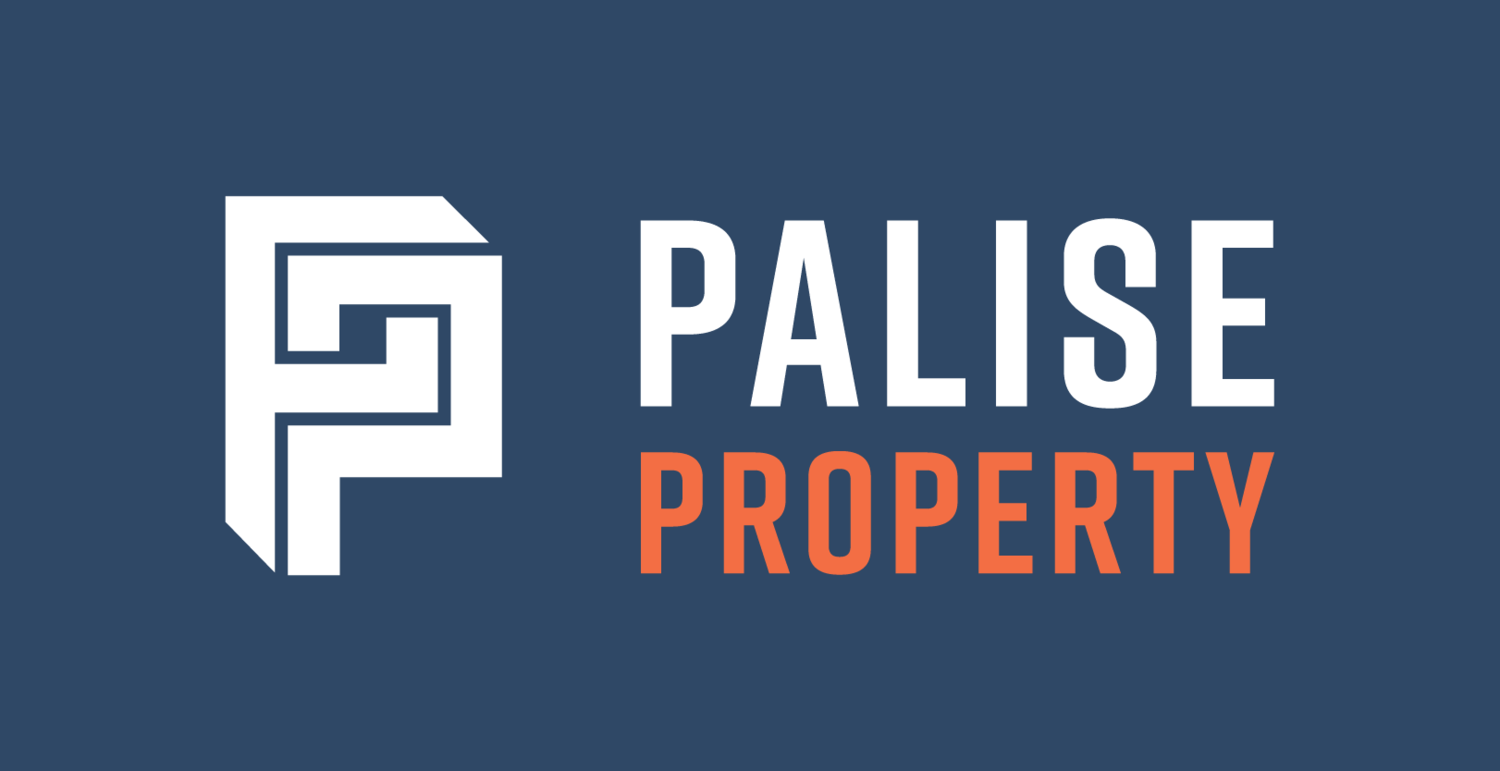Are Dual Key Investments Worthwhile?
A dual-key property looks like a standard home from the outside but is divided into two separate units.
A key difference between a dual-key property and a duplex is that dual-key homes have either one front entrance door and a side entrance door or a foyer that leads to two different lockable doors.
Both units are self-contained with their own bedroom, bathroom, and living room, but they do not usually mirror images of each other, as is the case with a duplex.
A dual-key property is often a house on one side with a unit on the other. A good way of conceptualising it is a house with a physically attached granny flat.
Benefits of Dual Key Investments
In terms of investing, a dual-key property’s biggest drawcard is that it offers two income sources. This means you collect the rent twice.
As a result, the rental income will usually pay for all expenses, plus you’ll have money left over.
Another big benefit is having only one council or body corporate fee. Because a dual-key can’t be strata-titled, you’ll only have to pay one set of costs because councils view the construction as a normal house.
Finally, there can be tax benefits because these properties are newer in Australia. For example, you might be able to depreciate some of the associated costs, which will help at tax time.
Two bathrooms, two kitchens, and double the fittings and fixtures could lead to higher depreciation. However, depreciation can be complicated, so you should consult your adviser first.
Drawbacks to Consider
Remember that you will be competing with all of the other property types to attract suitable tenants, and you may have to give up some time or cost to meet what the market wants.
For example, you may need to renovate if the property is older. Dual-keys are typically only suitable for a small percentage of the rental market, such as students, who may not require the same level of amenity or size, and those willing to live closely under the same roof.
Also, your resale price may be lower because some buyers aren’t interested in living with tenants – and neither are some tenants, which could also lengthen the vacancy time.
Finally, some lenders may require a higher deposit, as their valuations do not typically match the purchase price. This is because they use normal properties as comparisons.
Lenders may also change the loan serviceability requirements due to the increased risk of these types of properties.
Key Takeaways
Dual-key properties have the benefit of allowing you to collect the rent twice on the same property. However, they can be less attractive for tenants and buyers, hurting your bottom line.
If you're interested in investing in residential property and would like to learn more about what it entails, I’ve written this easy-to-read guide that provides a thorough overview of the process of investing in residential property.
"Residential Property Investing Explained Simply" covers a wide range of topics, from understanding the factors that can impact the value of a property to the ins and outs of property investment.
Whether you're just starting to explore the world of property investment or are looking to deepen your understanding of the subject, this book is a valuable resource that can help you make informed decisions and maximise the value of your investments.
Alternatively, if you want to know how I’ve helped investors acquire a range of residential properties, feel free to reach out today.
